Trump 16: His Trade War; Another Nail in The American Empires Coffin
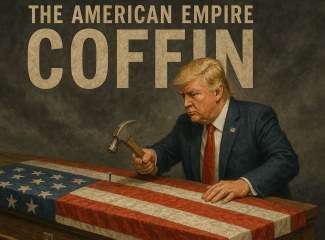
Yesterday, Trump escalated his trade war to a global scale, implementing an economic policy driven by delusion—one that may well be the final nail in the coffin of the American empire. In direct contradiction to his promise to "Make America Great Again," his actions will instead impoverish Americans, weaken the nation, and leave it vulnerable to China’s growing aggression. Please read Trump 13: The 43 Days That Doomed America to Terminal Decline | David Murrin for key context.
1.0 Trump Liberation Day: A Blow to American Wallets
Trump Liberation Day will only liberate one thing: American wallets of their money. In a televised address from the Rose Garden of the White House, Trump declared, “This is one of the most important days, in my opinion, in American history.” However, not for the reasons he claimed, as there is no such thing as "Economic Independence" in today’s interconnected world. The U.S. operates as a shadow empire that projects military power, and uses dollarization to funnel revenues back to its financial centres which facilitates its massive and ever expanding debt burden.
2.0 Trump's Misguided Justification
Trump justified the tariff increases by citing the U.S. trade deficit, claiming they would correct imbalances caused by excessive imports. He argued that tariffs would boost domestic manufacturing and pressure other nations to lower their own tariffs on U.S. goods. The reality is that the U.S. economy is highly leveraged and increasingly fragile.

3.0 Trump's Victim Tariffs
Trump’s tariffs are merely an extension of his narcissistic persona, using victim dynamics to manipulate public perception. He thrives on creating enemies to rally the American people, and in this trade war, he has made the world his adversary.“Taxpayers have been ripped off for more than 50 years,” Trump claimed. “But it is not going to happen anymore.” He framed the tariffs as “reciprocal,” stating, “That means they do it to us, and we do it to them.” Trump announced sweeping “reciprocal” tariffs on America’s trading partners, aiming to reverse the U.S. trade deficit.“April 2, 2025, will forever be remembered as the day American industry was reborn, the day America’s destiny was reclaimed, and the day we began to make America wealthy again,” Trump proclaimed. “For decades, our country has been looted, pillaged, raped, and plundered by nations near and far. Both friend and foe alike.” Ironically, the very system Trump seeks to dismantle has been the foundation of American economic power, making this one of the greatest acts of economic self-sabotage in history.
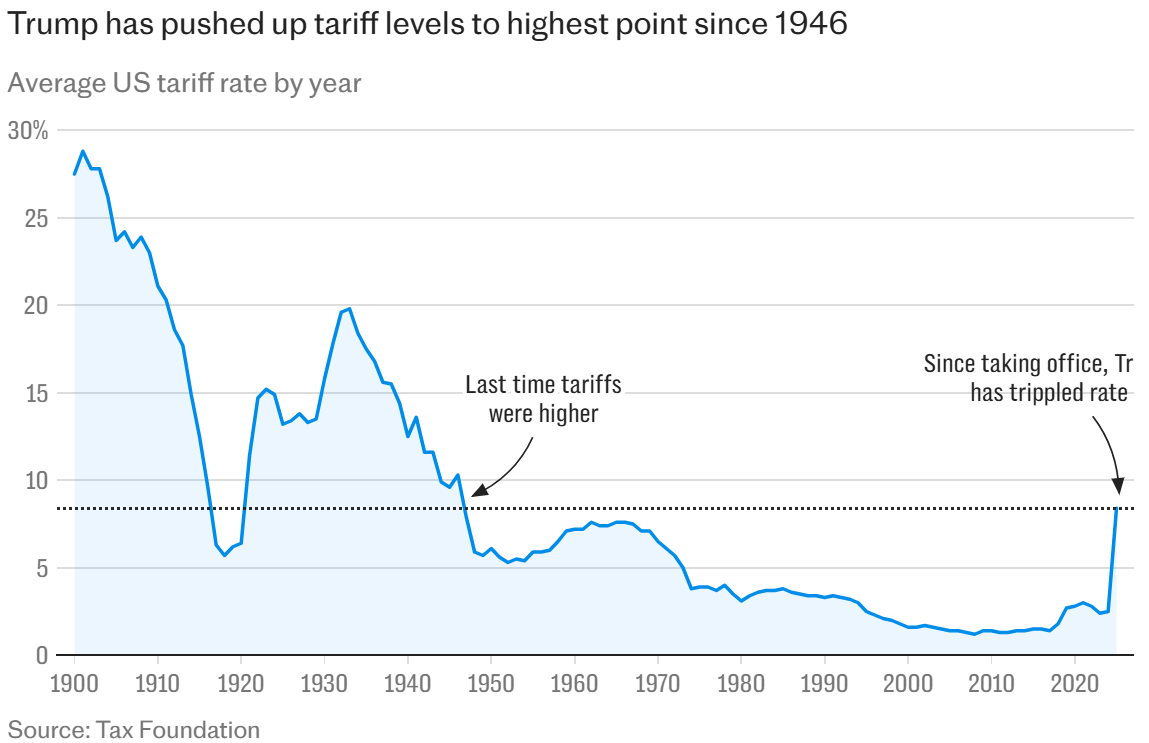
4.0 The New U.S. Tariff Regime
Trump announced a 10% baseline tariff on all imports (affecting the UK, Brazil, and Singapore), while a 25% tariff on all foreign car imports took effect at midnight. Additionally, certain countries deemed "trade offenders" faced higher levies, according to a table that summed up each country's misdemeanours in the eyes of Trump and netted them out as so-called charges on US imports.
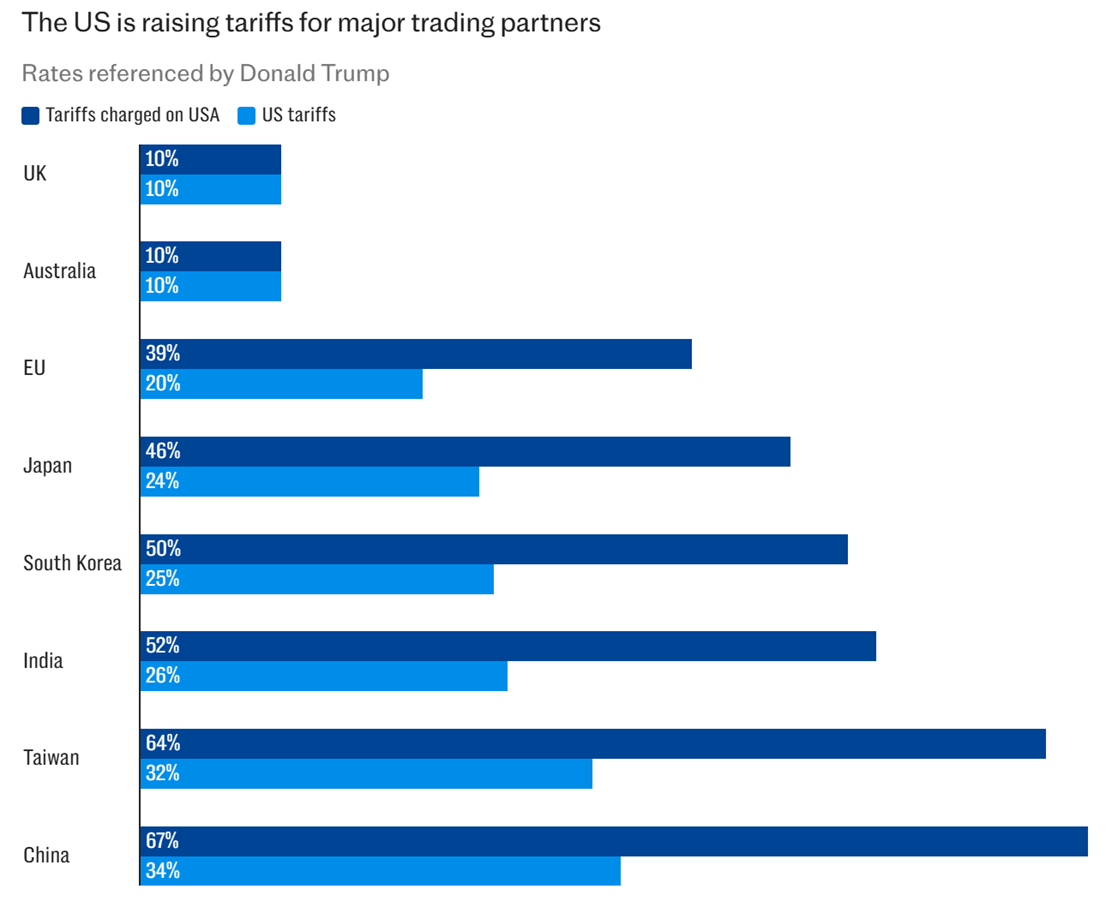
Trump declared, “In many cases, the friend is worse than the foe regarding trade. We subsidise a lot of countries and keep them going and keep them in business.” The larger table of percieved misdemeanours is shown below;
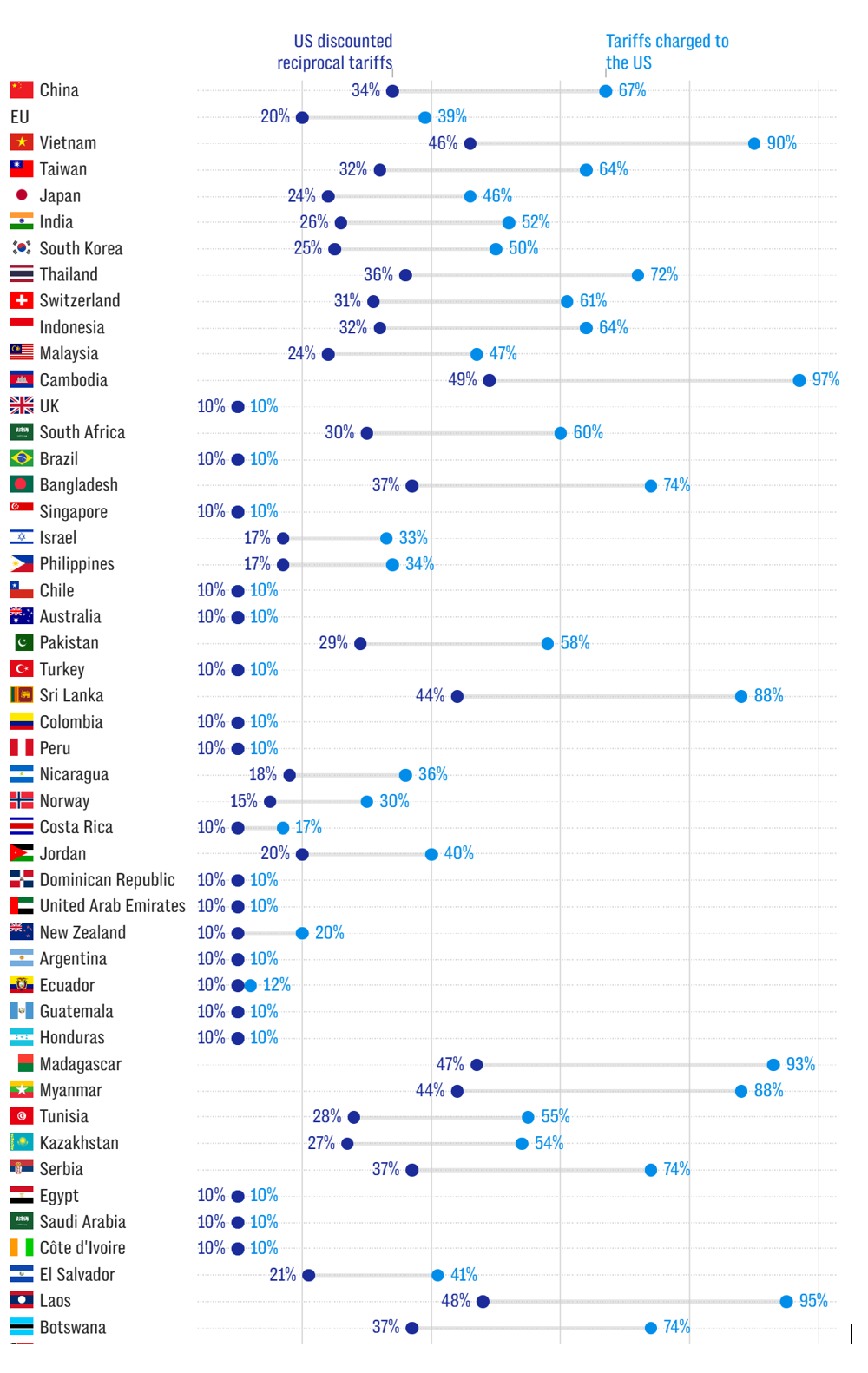
5.0 Trump's Not-So-Beautiful Tariffs
Trump has imposed tariffs on $3.83 trillion worth of imported goods and services, primarily from China, Mexico, and Canada. In 2023, the U.S. imported $426.9 billion worth of goods from China and $475.2 billion from Mexico. Applying a 25% tariff, the U.S. government will initially generate $700-800 billion in revenue, but ultimately, this burden will fall on American consumers. The theory is that tariffs will force substitution, leading to a domestic manufacturing boom. However, Trump claims the U.S. will soon produce the "cars, ships, chips, minerals, and airplanes we need right here in America", but this approach relies on coercion rather than incentive. A more effective strategy would be tax benefits for new manufacturers rather than punitive tariffs.
6.0 Will There Be an American Industrial Resurgence?
Trump has pledged to cut corporate tax rates from 21% to 15% (which will not be enough carrot when balanced against Trump's entropy) for U.S.-based production, encouraging companies to relocate operations. However, any benefits will take years to materialise, leaving the economy vulnerable in the near term. With growth slowing and uncertainty mounting, the economic outlook remains bleak, as Trump's policies exacerbate the fragility of a super overleveraged U.S. economy.
7.0 The Impact of Even 10% Tariffs
Even a 10% tariff will be devastating for businesses operating on thin margins. Stephen Phipson, chief executive of industry body Make UK, warned:"The US President’s announcement of 10% tariffs on UK goods, along with 25% tariffs on British-made autos, steel, and aluminium, is devastating for UK manufacturing. Not only will direct exports to the US decline, but decades of integrated supply chains will be severely disrupted." ** Without a formal trade agreement, the UK and US have long enjoyed a balanced trade relationship based on mutual collaboration and investment. Phipson added:"It is highly disappointing that instead of enhancing free trade, these tariffs will have immediate negative consequences, not only for UK industry but also for U.S. consumers and the broader American economy."
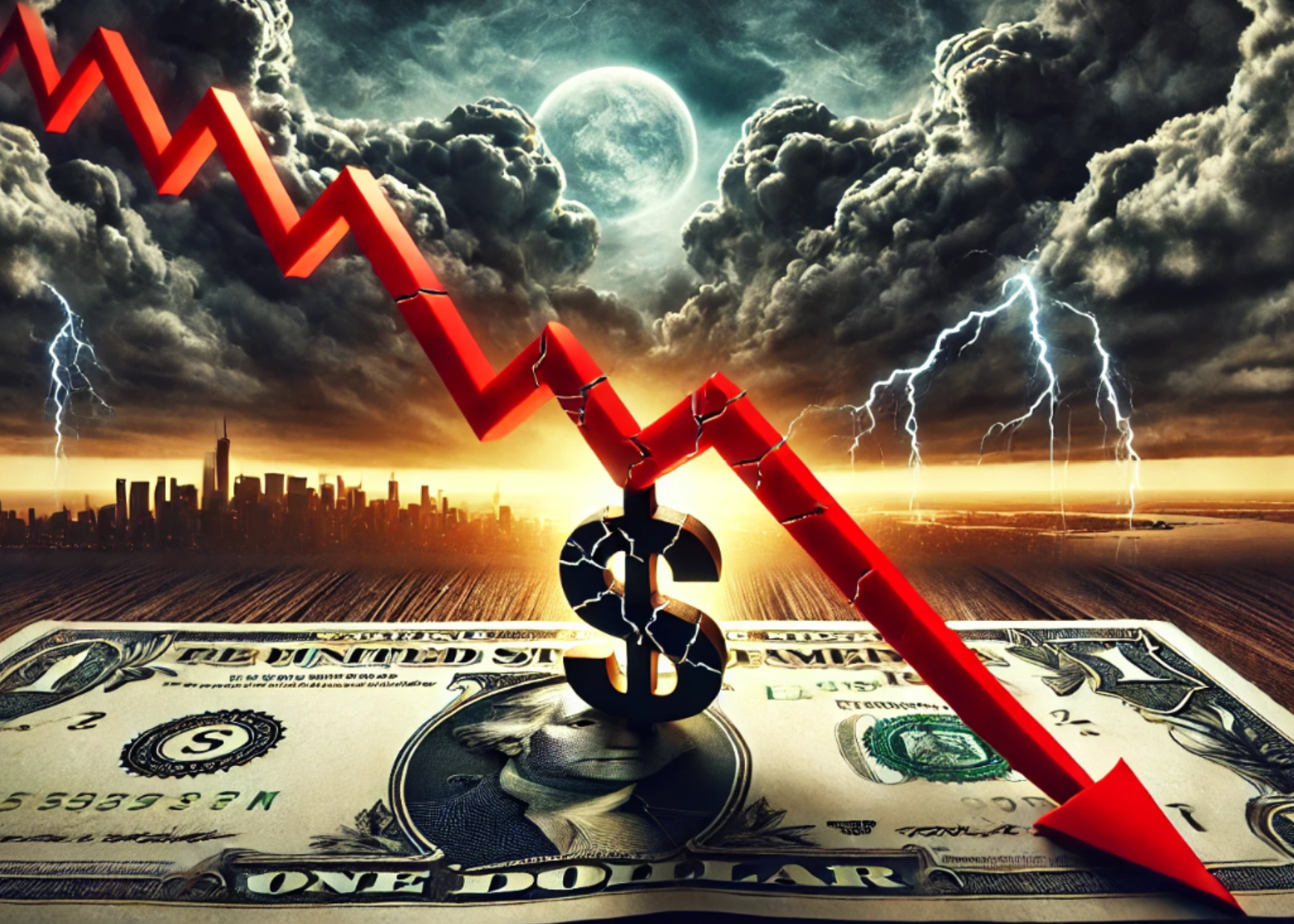
8.0 The End of Globalization And The Collapse of The Dollar
The End of Globalisation linked to Pax America came back in 2019 when the globalisation index peaked. However Trump has now engineered an acceleration of the subsequent fall related directly to the implosion of Pax America as outlined in The Cycle of Globalisation 1; The Link to Hegemony | David Murrin through to The Cycle of Globalisation 4: Contraction on the Road to WW3. The reality is that the health of the Dollar and the phase of globalisation are inextricably linked. Indeed, the dollar has declined since its peak in September 2022, which we called precisely in Global Trader: Your External CIO | David Murrin. Since its secondary high into Trump’s inauguration in January 2025, it has now started a major 20-30% decline. Put simply, the US dollarisation footprint shrinks, in line with the contraction of the American empire. This process will keep accelerating, and we will see a rapid 20-30% dollar fall with sterling targeting initial 1.70.

9.0 Trump Is Collapsing the U.S. Economy
The U.S. is heading toward a 1929-style crash. With leverage estimated at 40X, the economic shock will be far greater than anticipated:
- Stock markets will collapse, and liquidity will dry up.
- Tariffs will raise inflation, far higher than the official CPI index suggests.
- Interest rates will rise, and the increasing American debt burden will soon cancel any tariff revenues.
- Bond prices will plummet, worsening the U.S. fiscal deficit in a destructive feedback loop.
So far, we have accurately called all elements of the global market macro complex, including the exact high in Bitcoin at 109.00. So, if you are a professional asset manager and seek more information on our market views, please reach out Contact
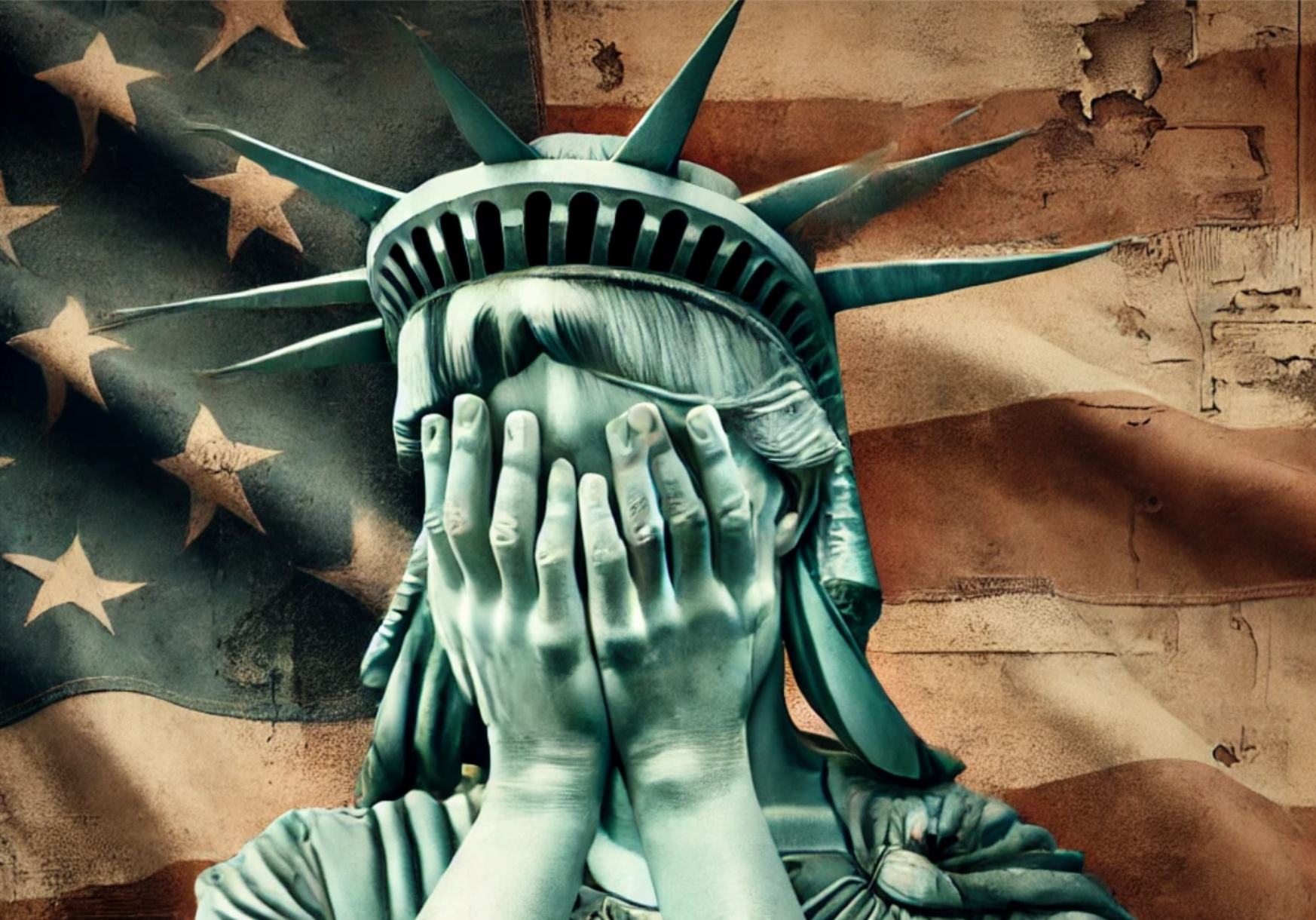
10.0 The Devil's Trinity of Imperial Decline and The Collapse of the U.S. Empire
The simultaneous decline of U.S. bonds, equity markets, and the dollar will mark the next stage of the American empire's final economic collapse.
11.0 Counter Tariffs: Global Retaliation Begins
Canada and China have already imposed retaliatory tariffs, though their impact remains smaller than the U.S. measures:
- Canada: $42.7 billion in tariffs (15% of total U.S. imports)
- China: Tariffs on U.S. agriculture, oil, and timber
- EU: $26 billion in tariffs, despite threats from Washington
The world now awaits further retaliatory measures, deepening the trade war.
12.0 China's Response: A Path to War?
There is growing concern that the 34% tariffs on China will push its fragile economy further into decline, as Beijing nears the end of its five-year "go bust or go to war" strategy. Trump's tariffs could become the tipping point, much like the U.S. oil embargo on Japan in 1940, which ultimately forced Japan into war as economic collapse loomed. In a historical parallel, the U.S. gradually escalated its economic war against Japan as tensions grew over its expansion in Indo-China:
- July 1940: The U.S. imposed a partial embargo on aviation fuel, steel, and iron.
- August 1, 1941: The U.S., alongside Britain and the Netherlands, froze Japanese assets and implemented a full oil embargo, cutting off Japan’s vital energy supply.
- Impact: Japan had only 1-2 years of oil reserves left, crippling its ability to sustain military operations. Faced with a dire choice—withdraw from its conquests or secure new resources by force—Japan saw war as its only option.
- December 7, 1941: Japan attacked Pearl Harbor, aiming to cripple the U.S. Pacific Fleet and secure the resources it needed for survival.
Instead of coercing Japan into changing its policies, the embargo pushed the country into war. With China now facing a severe economic squeeze under U.S. tariffs, history may once again be repeating itself—with potentially catastrophic consequences.
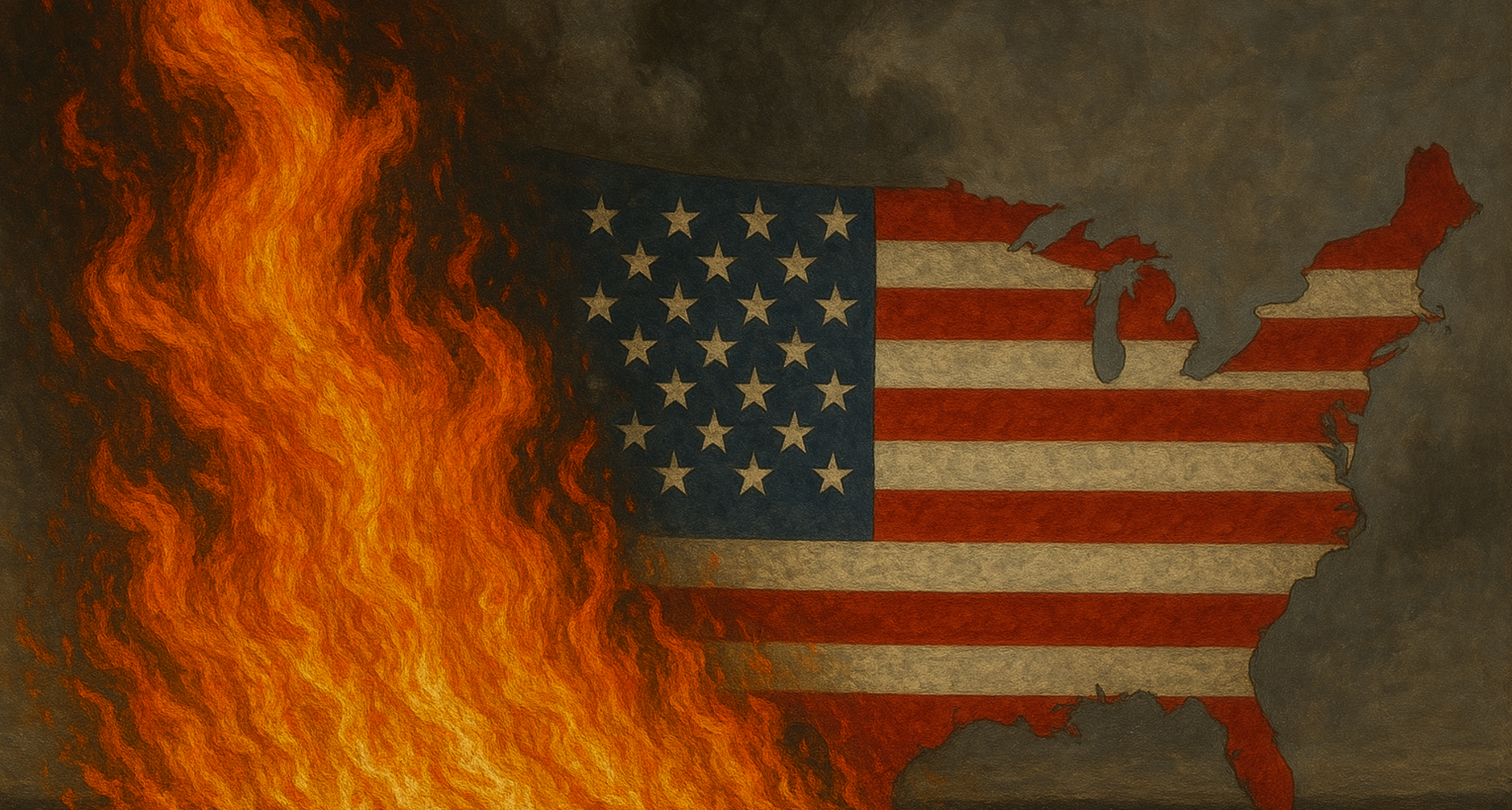
13.0 Key Takeaways from Past Trade Wars:
Trade wars are highly entropic, creating economic hardship for all sides. In many ways, they are self-ignited forest fires that are impossible to control once in full swing and everything in their path burns. Add in some ferocious winds, which I would describe as the increasing entropy cycle into 2030, and you get the perfect firestorm to end the American Empire, even without a fully blown WW3.
There are clear lessons from over 100 years of trade wars that Trump seems not to have learned
- Retaliation is inevitable.
- Tariffs harm domestic consumers and businesses.
- Trade wars rarely achieve their intended policy goals.
- Diplomatic and tax-based solutions are more effective than economic warfare.
- Sanctions and tariffs often backfire, strengthening adversaries instead of weakening them.




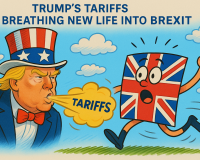
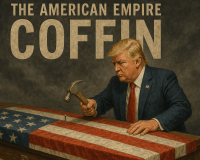





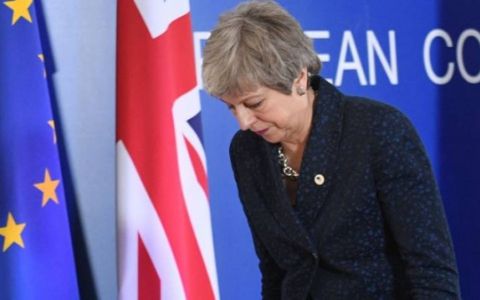
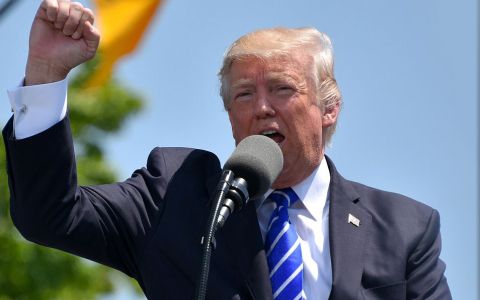










3 April 2025 Trump’s Delusion is clear after the dollar and Stock markets fell precipitously following his global tariffs. Indeed, Trump has overseen the worst 10-week start to a presidency in terms of stock market performance since George Bush during the 2001 dot-com crisis. The market turmoil extended from Tokyo to London as outraged American trade partners vowed to retaliate. Despite the downturn, Trump remained optimistic, telling reporters at the White House, “I think it’s going very well. The markets are going to boom. The country is going to boom.” Meanwhile, JD Vance, speaking on Fox News, dismissed concerns, insisting there was nothing but “enthusiasm” for Trump’s aggressive trade policies.
3 April 2025 Trump tariffs and Liberation Day is about ideology, not the US economy. Trump’s tariffs are the sign of a nation in decline, not becoming great again?!
3 April 2025 British Columnist Blasts Trump’s Tariff Plan as Economic Self-Destruction British columnist Ian Dunt has condemned Donald Trump’s latest tariff announcement, calling it a disastrous move that epitomises the decline of an empire. Writing for iNews, Dunt expressed shock at the economic damage Trump is inflicting on his own country.Dunt was particularly appalled by a chart Trump presented, which allegedly contained wildly inaccurate figures about foreign tariffs on American goods. He described the data as "pure gibberish," likening its logic to dividing apples by bagels to calculate a mortgage rate. Criticising Trump’s approach as intellectually and economically indefensible, Dunt argued that the policy lacked rational thought and was "the single stupidest thing" he had ever seen. He compared Trump’s presentation style to a "cheap knock-off daytime TV host," suggesting that his tariff plan was more spectacle than strategy.Dunt's critique highlights broader concerns that Trump's trade policies could lead to economic turmoil, reinforcing fears of mismanagement and decline.